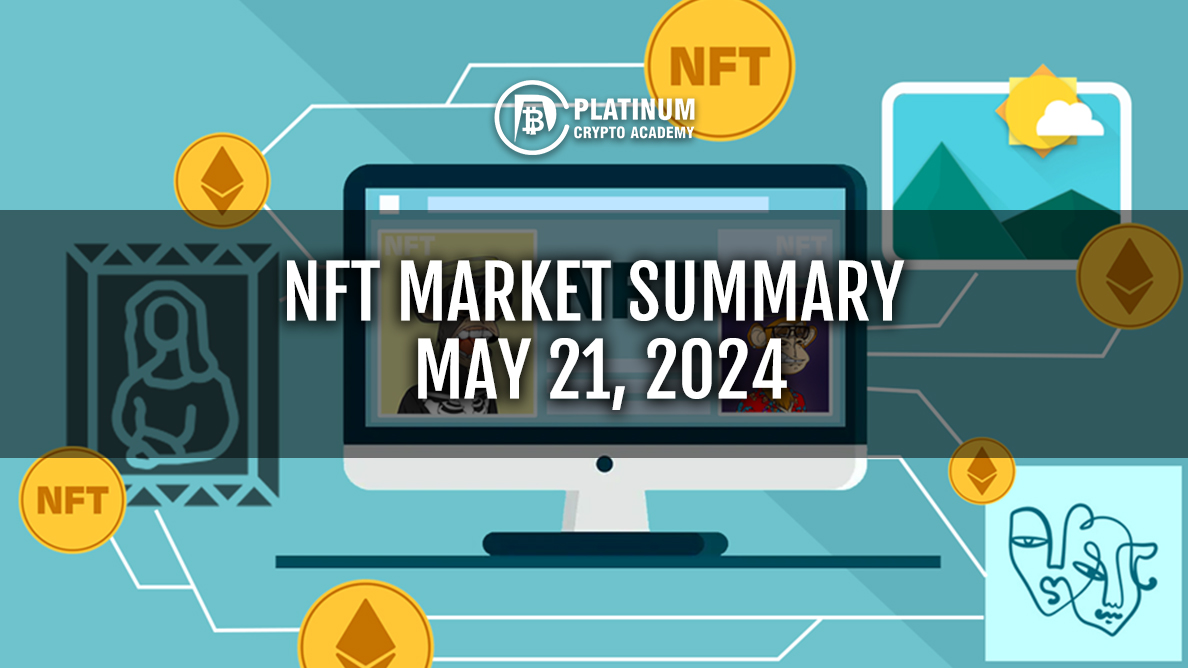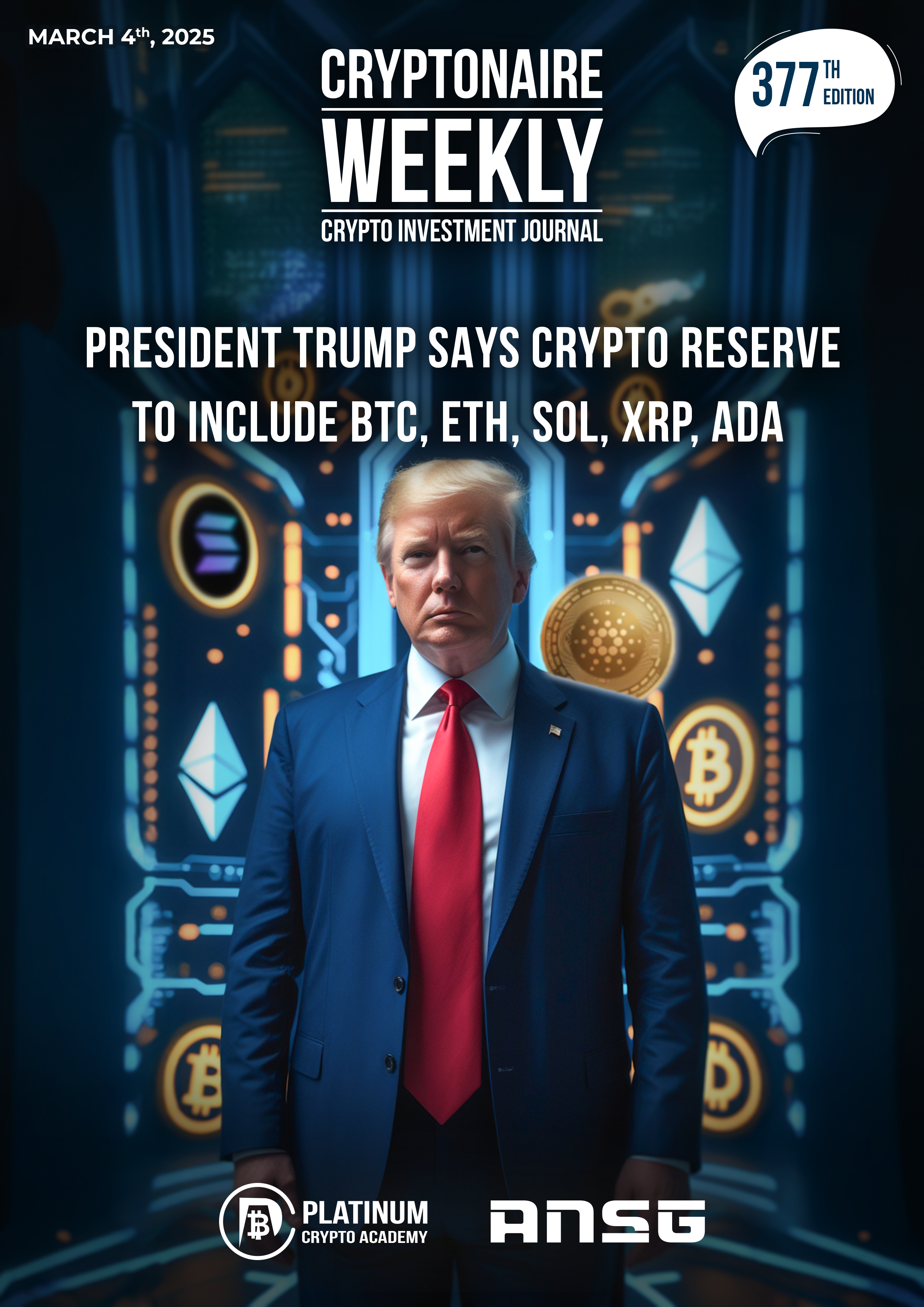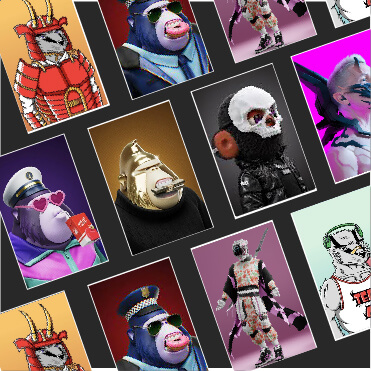As per to the Zion Market Research, the Non-Fungible Token (NFT) market was generally valued at $36.12 billion in the year of 2023, and it is projected to accomplish $217.07 billion by the end of 2032. This represents a compound annual growth rate (CAGR) of around 22.05% from 2024 to 2032. The substantial growth highlights the increasing prominence and acceptance of NFTs as valuable digital assets across various sectors.
What is the Non-Fungible Token (NFT) Market?
The Non-Fungible Token (NFT) market encompasses the production, trade, and ownership of digital assets represented by non-fungible tokens. Unlike cryptocurrencies such as Bitcoin and Ethereum, which are fungible and interchangeable, NFTs are unique digital tokens that cannot be duplicated or divided. These tokens serve as digital certificates of authenticity and ownership for various types of assets.
Within the NFT market, a diverse array of digital goods can be tokenized, including artwork, music, videos, virtual real estate, and collectibles. These assets are typically stored on blockchain systems, providing a transparent and immutable record of ownership that ensures security and authenticity. The NFT market has experienced explosive growth in recent years, driven by rising interest from artists, creators, investors, and collectors. This growth is further fueled by advancements in blockchain technology and the increasing acceptance of digital ownership.
NFTs have democratized access to art and culture, creating new monetization opportunities for digital content and establishing new revenue streams for artists. They enable artists and creators to tokenize their work, sell directly to collectors, and earn royalties on secondary sales. However, the market faces several challenges, including concerns over copyright infringement, the environmental impact of energy-intensive blockchain transactions, market volatility, and regulatory uncertainties. Overall, the NFT market is a dynamic and evolving space that lies at the intersection of technology, art, finance, and culture, with significant potential for innovation and disruption.
Non-Fungible Token (NFT) Market: Competitive Space
The global NFT market includes key players such as:
| Key Players |
| Ozone Networks Inc |
| GEMINI TRUST COMPANY, LLC |
| Cloudflare |
| Playboy Enterprises, Inc. |
| Takung Art Co., Ltd. |
| Dolphin Entertainment, Inc. |
| Funko |
| YellowHeart |
| Dapper Labs |
| OnchainLabs |
These companies are at the forefront of the NFT market, each contributing to its growth and development through various innovations and market strategies. They are involved in different aspects of the NFT ecosystem, from platforms that facilitate the creation and sale of NFTs to companies providing the underlying infrastructure that supports the market.
Non-Fungible Token (NFT) Market: Growth Factors
Several significant factors have contributed to the rapid rise of the NFT market:
Digital Collectibles and Art
There has been a substantial increase in interest in digital art and collectibles, driving growth in the NFT market. More artists, musicians, and creators are using NFTs to tokenize and monetize their digital creations, resulting in a surge in NFT-powered artwork, collectibles, and memorabilia. This trend has enabled creators to reach global audiences, bypassing traditional gatekeepers in the art and entertainment industries.
Celebrity and Corporate Endorsements
High-profile endorsements and engagement from celebrities, athletes, and companies have significantly contributed to the widespread adoption of NFTs. Notable individuals and organizations entering the NFT space have increased awareness and legitimacy, attracting new participants and driving demand. Celebrities minting their own NFTs and companies launching NFT-based campaigns have helped to mainstream the concept of digital ownership.
Scarcity and Ownership
NFTs offer a unique way to establish the scarcity and ownership of digital assets. The appeal of owning a unique, verifiable digital item has driven demand across various sectors, including digital fashion, domain names, and virtual real estate. This scarcity and verifiable ownership provide a sense of exclusivity and value, similar to physical collectibles.
Digital Gaming and Virtual Economies
The integration of NFTs with the gaming industry and virtual economies has been a significant growth driver. Players can own, sell, and monetize in-game assets such as skins, characters, and virtual land through NFTs, creating vibrant secondary markets within gaming ecosystems. This integration enhances the gaming experience by giving players real ownership of in-game items.
Technological Advancements and Infrastructure
The continuous development of blockchain technology, particularly in scalability, interoperability, and usability, has fueled the NFT market’s expansion. Improved blockchain infrastructure, user-friendly NFT marketplaces, and new smart contract solutions have lowered barriers to entry and increased accessibility for creators and collectors. Advances in technology have made it easier for individuals and businesses to create, buy, sell, and trade NFTs.
Trading and Speculative Investment
The potential for trading and speculative investment opportunities has attracted significant capital to the NFT market. Investors and traders are drawn to the prospect of high returns and asset appreciation, driving liquidity and trading volumes across NFT marketplaces. The dynamic nature of the NFT market, with its frequent introduction of new projects and assets, provides numerous opportunities for investment and speculation.
Cultural Shift Towards Digital Ownership
A broader cultural trend towards digital ownership and the acceptance of virtual assets as valuable commodities has encouraged NFT market growth. Increased comfort with digital transactions and a growing appreciation for digital art and collectibles have created a favorable environment for NFT adoption and expansion. This cultural shift is supported by the increasing integration of digital assets into everyday life, from social media to virtual reality environments.
These growth factors, combined with ongoing innovation and ecosystem development, are expected to foster further expansion and evolution of the NFT market in the coming years.
Non-Fungible Token (NFT) Market: Restraints
Despite its rapid growth, the NFT market faces several potential challenges:
High Volatility and Speculative Risks
The NFT market is highly speculative, with NFT prices subject to significant fluctuations. Market participants face risks from speculative bubbles and market downturns, which can lead to substantial financial losses for collectors and investors. The speculative nature of the market can result in rapid price changes, making it challenging to predict long-term value.
Regulatory Ambiguity
Regulatory oversight of the NFT market is fragmented and evolving, creating uncertainty regarding legal and compliance requirements. Regulatory actions or changes in legislation could impact the legality, taxation, and trading of NFTs, potentially hindering market growth and adoption. Increased regulatory scrutiny may also deter institutional investors and widespread NFT adoption, as the lack of clear regulations can create risks for large-scale investments.
Environmental Concerns
The energy-intensive nature of blockchain technology, particularly Proof of Work (PoW) consensus mechanisms used by many NFT platforms, has raised environmental concerns. The carbon footprint associated with minting, trading, and processing NFT transactions has drawn criticism from sustainability-conscious consumers, potentially dampening enthusiasm for NFTs. This environmental impact is a significant challenge for the industry, as it seeks to balance innovation with sustainability.
Market Saturation and Oversupply
The rapid proliferation of NFTs across various categories, such as digital art, collectibles, gaming assets, and virtual real estate, has led to concerns about market saturation and oversupply. An influx of low-quality or derivative NFTs could dilute value and interest, creating challenges for creators and platforms to differentiate themselves and attract buyers. Market saturation can also lead to a decline in prices and overall market interest if the supply exceeds demand.
Copyright and Intellectual Property Issues
The decentralized and pseudonymous nature of blockchain technology complicates copyright enforcement and intellectual property protection within the NFT market. Unauthorized use or distribution of copyrighted content as NFTs raises ethical and legal questions regarding ownership rights, royalties, and artist attribution. Disputes over copyright infringement could undermine trust and confidence in the NFT ecosystem, making it essential for platforms and creators to address these issues proactively.
Scalability and Technological Limitations
Despite advancements in blockchain technology, scalability and usability issues persist within the NFT ecosystem. High gas fees, network congestion, and slow transaction processing times on popular blockchain networks like Ethereum can hinder the minting, trading, and transfer of NFTs, leading to user frustration and decreased platform efficiency. Scalability solutions and interoperability standards are needed to overcome these limitations and support long-term NFT market growth.
Addressing these challenges will require collaboration among industry players, regulators, and policymakers to mitigate risks, enhance market integrity, and promote sustainable growth and innovation within the NFT market. This cooperation will be crucial in ensuring that the NFT market can continue to thrive while addressing the concerns and challenges that accompany its rapid expansion.



